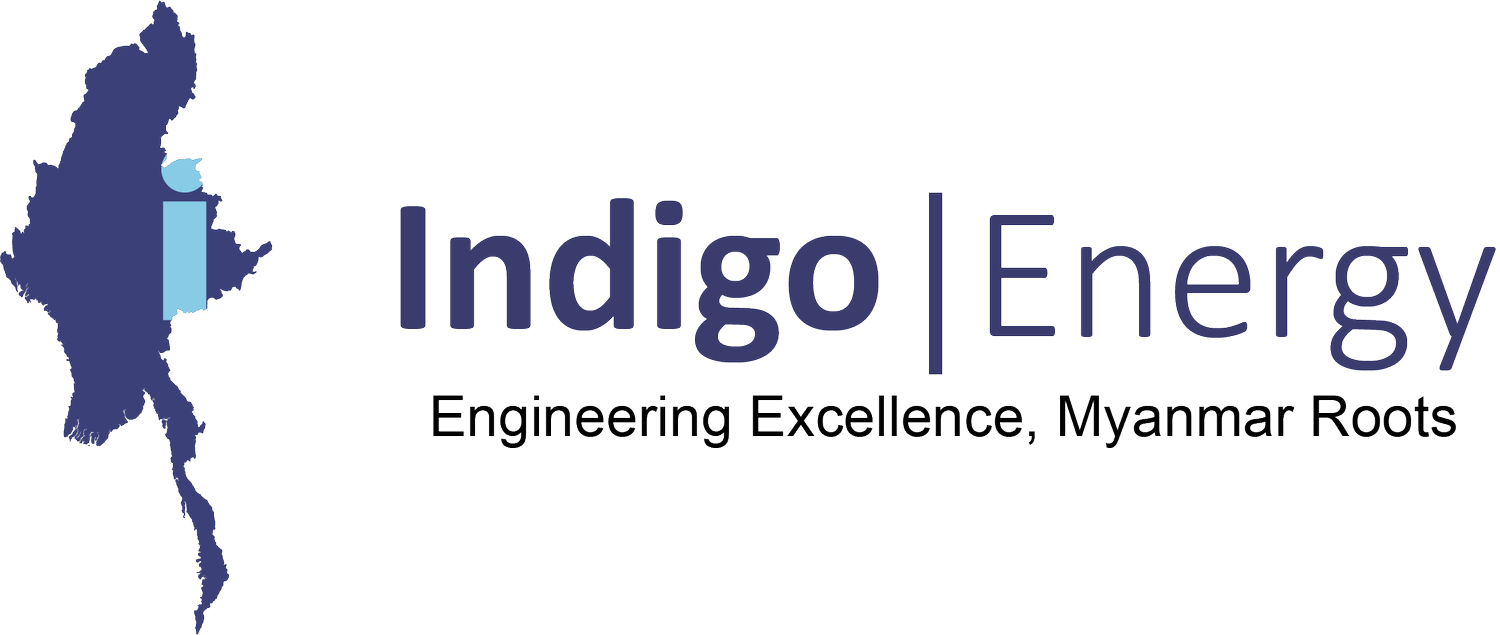Safety Requirements for Rooftop Solar Projects
Solar panel installation is a risky job, particularly due to the combination of electrical hazards and working at dangerous heights with crushable solar panels. So, before a solar installation begins, it’s essential for the installer to visit the site. Safety risks should be identified, and plans should be developed to address them. Safety measures should be taken in each step of the installation.
Safety culture is a part of Indigo’s organizational culture and is incorporated into all activities. Allen Himes, our managing director’s famous motto regarding safety is “Dying is not allowed in Indigo Energy”.
Fall Protection
Almost one in five deaths in construction work involve roof work.The main causes of death and injury are falling from roof edges or openings, through fragile roofs and through fragile rooflights. Installers have to check the support structure and weather conditions before climbing the roof.
Team should not climb to the roof if the support isn’t strong, currently raining or rained just a few hours before. Installers have to follow the ladder safety while accessing the roof by using ladder. As soon as you reach the roof, make sure your body hardness is securely attached with a safety line or anchor installed at the roof.
While working on the roof, watch out for the skylight and edge of the roof. They can mostly bring you down from the roof. You have to make sure that the skylight has been labeled with safety signs. You have to be aware of the roof edge and have to be apart a minimum 1 meter from them.
Electrical Safety
When installing a solar system, you are working with electricity. PV systems include components that conduct electricity that was harnessed from the sun. Voltage can be caused even by low-light conditions and cause severe injury. Make sure your entire PV system is properly and safely earth grounded to prevent electrical shock and injury.
When working with the wiring coming from both a solar PV array, inverter output and grid, de-energize all circuits before working on them. To ensure that they are de-energized, use a meter or circuit test device. Lockout the power on systems that can be locked out. Never disconnect PV module connectors or other associated PV wirings when they are energized and also make sure to use insulated tools when working with electricity. Electrical contacts or wiring should never be touched without proper protection and safety gear.
Heat Stroke
While PV installations take place on the roof, the heat from the sun is directly exposed to humans. These extreme temperatures pose a serious threat to the safety and well-being of workers. To avoid this effect, we should take the following common precautions,
Shorten exposure time and use frequent rest break
Drink plenty of cool drinking water and fluid supplements in every 15 to 20 minutes
Alcoholic drinks should NEVER be taken as alcohol dehydrates the body
When there is an affected worker, define emergency procedures and give first aid/medical care.
The above mentioned are the common safety related issues when we do solar panel installations. We cannot have an accident-free site but we can reduce the accidents by following the safety rules and regulations. In addition, following safety rules and regulations can reduce the construction delay which can happen as a result of an accident.
Indigo Energy’s engineers always install solar projects according to the customers’ requirements by following safety rules both inside and outside of the construction. So, the customers do not need to be concerned about any accident not only for them but also for Indigo Energy at the working area.

